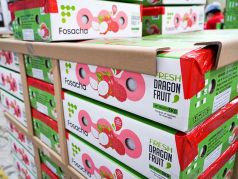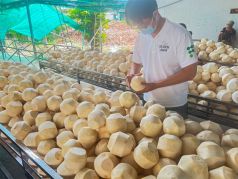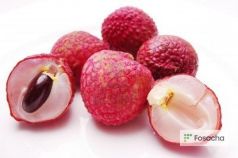Despite impressive growth in fruit exports, Vietnam still hasn’t built a national fruit brand that carries real recognition in global markets. This absence continues to limit the country’s potential to elevate value-added exports, build consumer trust, and compete with regional peers.
New Regulations for Lychee Export in 2025
 20/02/2025 10:10
20/02/2025 10:10
Vietnam aims to strengthen lychee exports with stricter compliance and expanded market reach.
Vietnam aims to strengthen lychee exports with stricter compliance and expanded market reach.

2024 Lychee Production Overview
Reports at the conference highlighted the region's lychee production in 2024, with a total cultivation area of 29,700 hectares and an output of 97,320 tons. Of this, 24,785 tons were exported, primarily to China, with smaller quantities reaching high-value markets such as the United States, Japan, Australia, and the European Union. Revenue from lychee sales and related services was estimated at 5,775 billion VND.
Plans for 2025
For 2025, the projected production is set at 165,000 tons, with 16,000 hectares cultivated under VietGAP standards and 173 hectares certified under GlobalGAP. Organic lychee farming is planned for 10 hectares in Luc Ngan district. Digital mapping has been implemented for 181 growing areas to ensure better production management, covering 4,655 hectares.
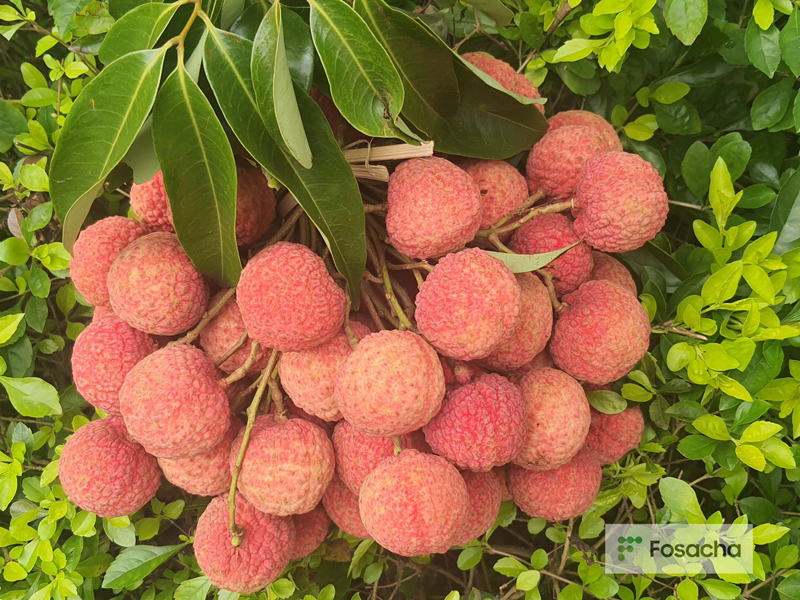 [Vietnamese Lychee]
[Vietnamese Lychee]
The conference also addressed compliance with international regulations. Fresh fruit exports must adhere to phytosanitary standards set by the World Trade Organization and the International Plant Protection Convention. Specific import markets, including the Middle East, Eastern Europe, ASEAN, and Canada, require certification and pest-free guarantees.
Strict Compliance for Export Markets
To meet these standards, local authorities are guiding farmers in post-harvest care, bud development, and pest control while expanding growing areas for export. Efforts are also being made to introduce advanced agricultural techniques and increase certification coverage for GlobalGAP and organic production.
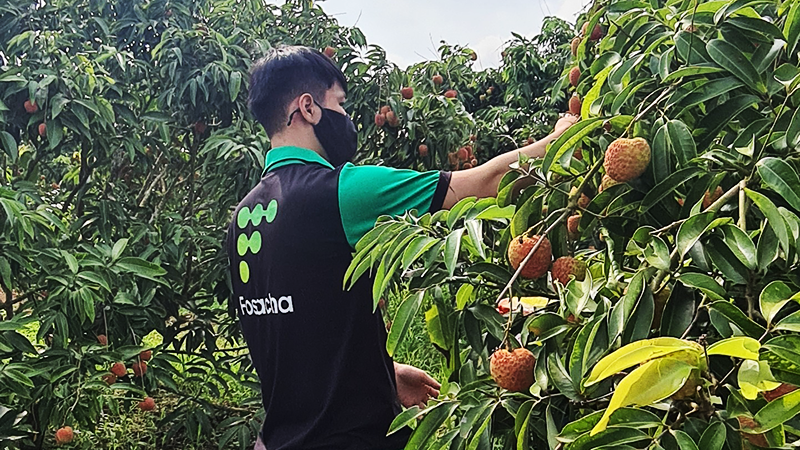 [Vietnam aim to boost the quality and competitiveness of lychee exports in 2025.]
[Vietnam aim to boost the quality and competitiveness of lychee exports in 2025.]
The industry is expected to benefit from close coordination between agricultural agencies, farmers, and enterprises to maintain quality and expand market access. Additionally, trials and research on safe plant protection solutions will be conducted to ensure compliance with international safety regulations.
With these measures in place, the region aims to enhance the quality and competitiveness of its lychee exports in global markets for 2025.
Preparations for Fosacha
As the new regulations take effect, Fosacha must focus on several key areas to ensure smooth operations in the upcoming season. This includes:
- Ensuring all lychee sourcing complies with VietGAP and GlobalGAP standards.
- Strengthening partnerships with growers in certified production areas.
- Enhancing post-harvest processes to meet strict export quality requirements.
- Expanding market research and outreach to high-value regions.
- Adapting logistics and packaging solutions to align with updated regulations.
By prioritizing these areas, Fosacha can position itself competitively in the evolving lychee export landscape.











 Share
Share
 Tweet
Tweet
